I wanted to start a thread for pictures of Cream Legbars only. They are such a gorgeous breed. Feel free to post pics of those beautiful blue eggs and fluffy chicks also. I will start with a couple pictures of mine.
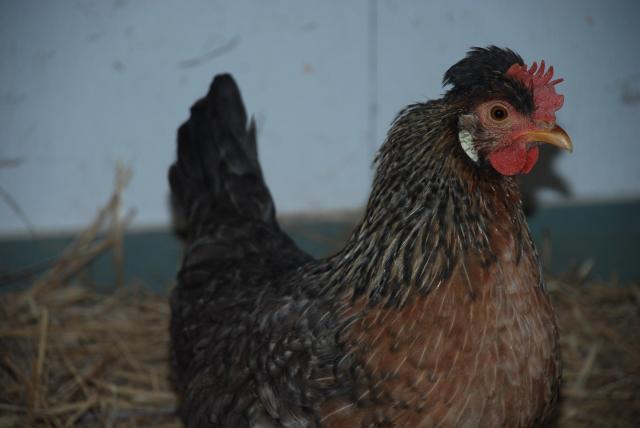
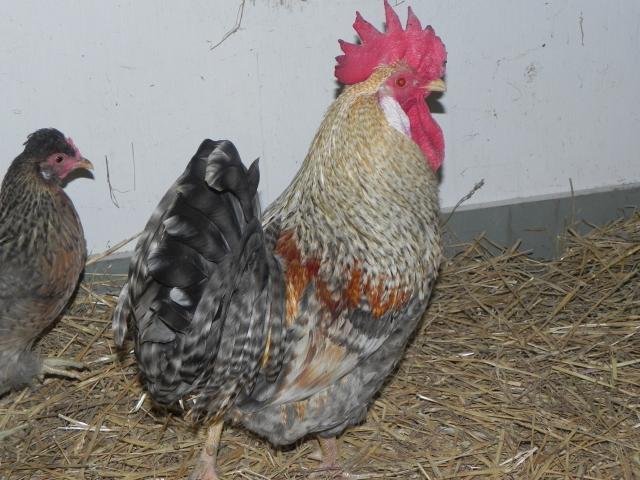
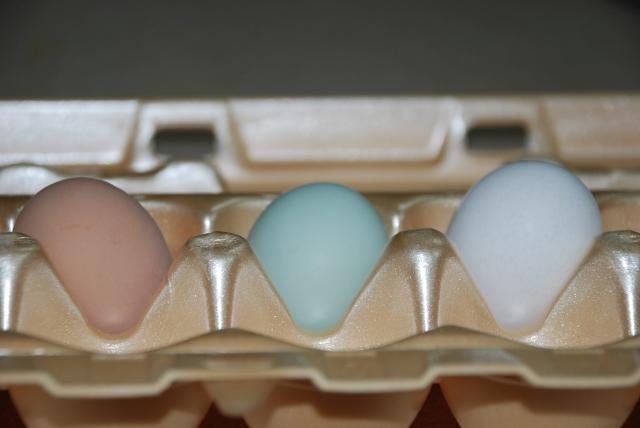



Follow along with the video below to see how to install our site as a web app on your home screen.
Note: This feature may not be available in some browsers.



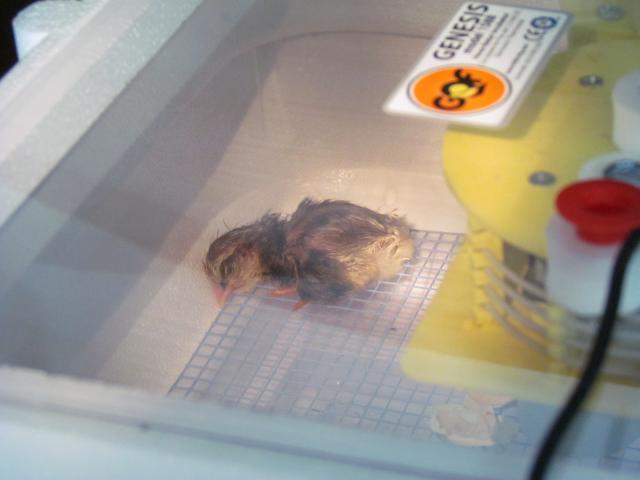
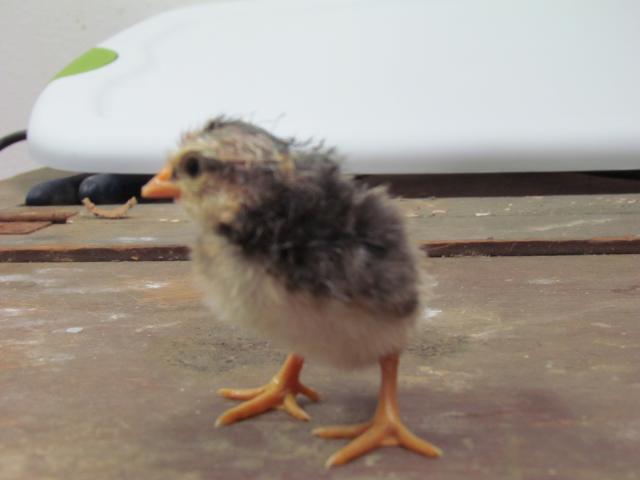
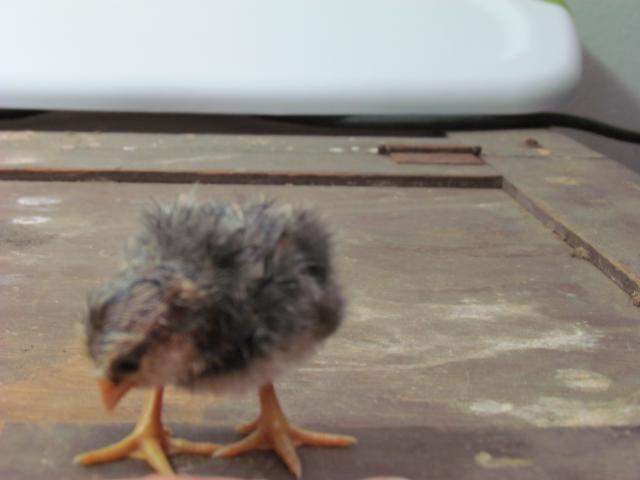
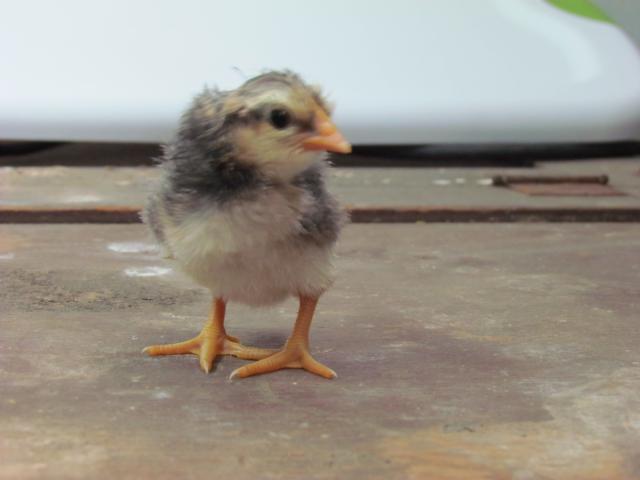

Thank you, both! My toddler's pullet is the gentlest, friendliest bird I've ever seen! My daughter gets behind her and to pick her up and off they go, chicken feet dangling. They had a rocky start (my little girl is actually terrified of animals), but they've come to love each other. The pullet, named "That One," just begs to be picked up and have a shoulder or hat ride!
Hi, welcome to BYC and all things Cream Legbar =) It looks like a few days since you posted, unless I missed something, I'll just pop in with some comments.New here...new to CCLs also. Didn't really plan on them, but came into a small group of hens and a roo. I would like to have your opinions on these animals. Did I do okay? Sorry, they are a little dusty from pest treatment just before pickup, and riding in the truck for a few hours. They still laid an egg when we got home! Thanks in advance for any comments and suggestions.
-Allie

Although I disagree with Junibutt on preferable leg color--- my thinking is that yellow would be better than willow, since willow would indicate melanizers and that is one thing that I may want to reduce in my own flock, I agree with him and with Sol2go that they are male chicks. I can see how they could possibly be misidentified in the day-old picture --Can someone tell me what these are? They never were really marked well as chicks either way...didn't look male, didn't look female. I thought they were maybe pullets though. Pics at day old, three weeks and five weeks. They sure have big combs and wattles for pullets but their color doesn't look like the cockerels I have seen this age before. I bought and hatched these eggs but wonder about the quality at this point... Any help from those with experience appreciated.
